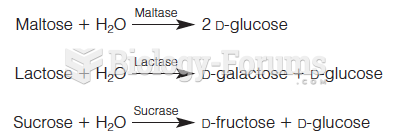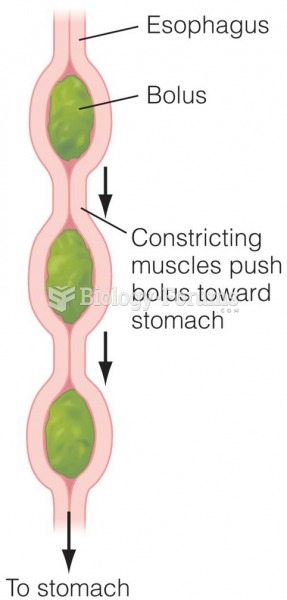Answer to Question 1
In addition to breast milk or formula, an infant can begin eating solid foods between 4 and 6 months. The American Academy of Pediatrics supports exclusive breastfeeding for 6 months but recognizes that infants are often developmentally ready to accept complementary foods between 4 and 6 months of age. The main purpose of introducing solid foods is to provide needed nutrients that are no longer supplied adequately by breast milk or formula alone. The foods chosen must be those that the infant is developmentally capable of handling both physically and metabolically. As digestive secretions gradually increase throughout the first year of life, the digestion of solid foods becomes more efficient. The exact timing depends on the individual infant's needs and developmental readiness, which vary from infant to infant because of differences in growth rates, activities, and environmental conditions. In addition to the infant's nutrient needs and physical readiness to handle different forms of foods, the need to detect and control allergic reactions should also be considered when introducing solid foods.
Answer to Question 2
Iron deficiency has well-known and widespread effects on children's behavior and intellectual performance. In addition to carrying oxygen in the blood, iron transports oxygen within cells, which use it during energy metabolism. Iron is also used to make neurotransmittersmo st notably, those that regulate the ability to pay attention, which is crucial to learning. Consequently, iron deficiency not only causes an energy crisis, but also directly impairs attention span and learning ability.
Iron deficiency is often diagnosed by a quick, easy, inexpensive hemoglobin or hematocrit test that detects a deficit of iron in the blood. A child's brain, however, is sensitive to low iron concentrations long before the blood effects appear. Iron deficiency lowers the motivation to persist in intellectually challenging tasks and impairs overall intellectual performance. Anemic children perform poorly on tests and are disruptive in the classroom; iron supplementation improves learning and memory. When combined with other nutrient deficiencies, iron-deficiency anemia has synergistic effects that are especially detrimental to learning. Furthermore, children who had iron-deficiency anemia as infants continue to perform poorly as they grow older, even if their iron status improves. The long-term damaging effects on mental development make prevention and treatment of iron deficiency during infancy and early childhood a high priority.







